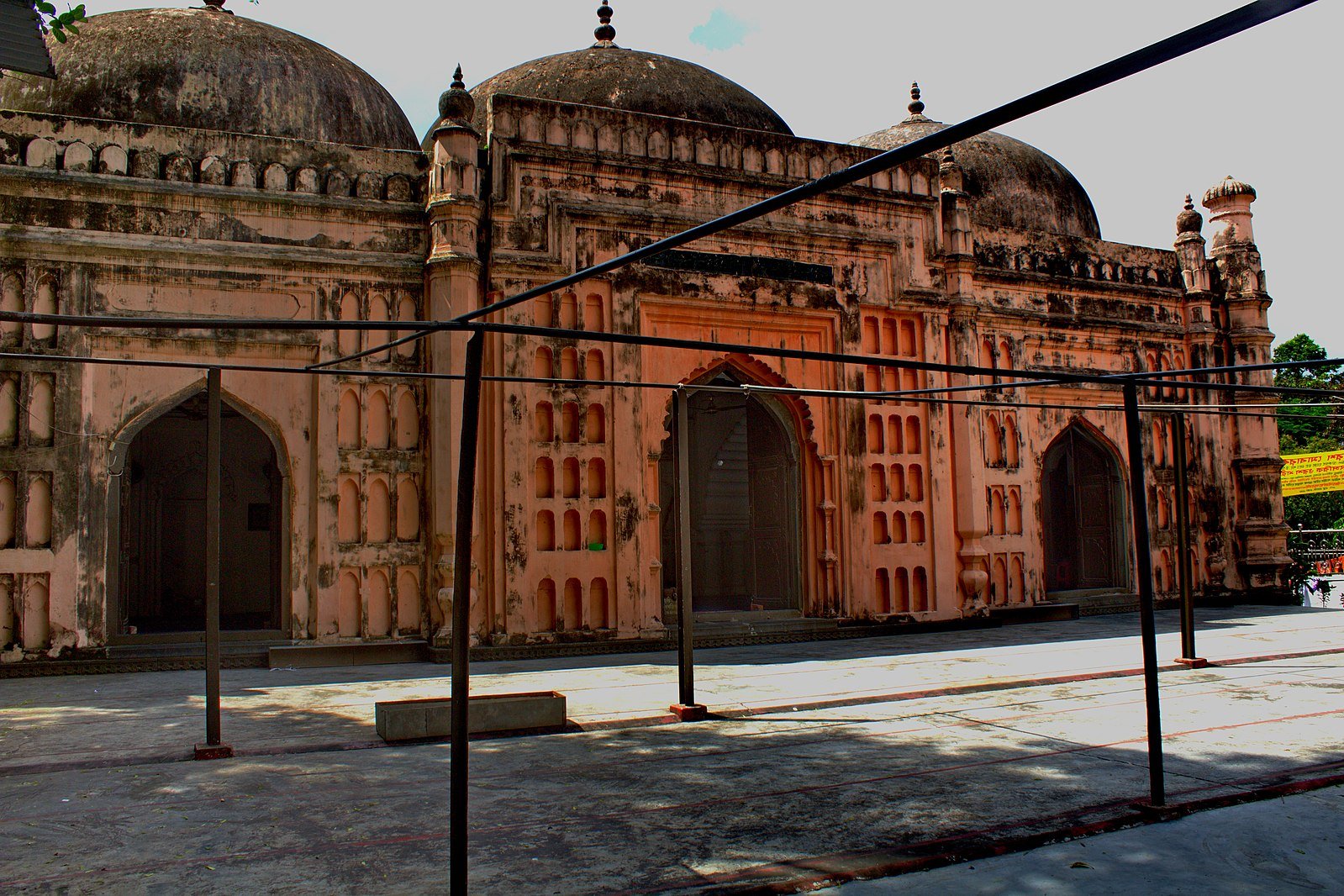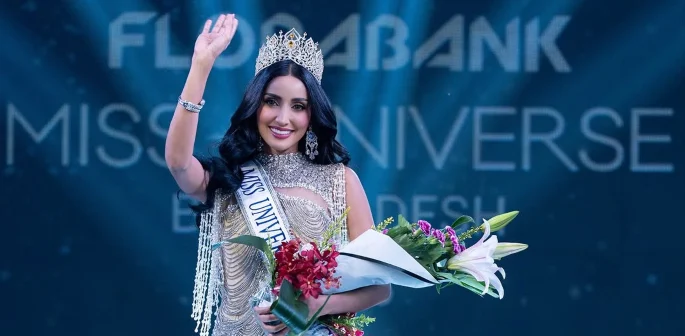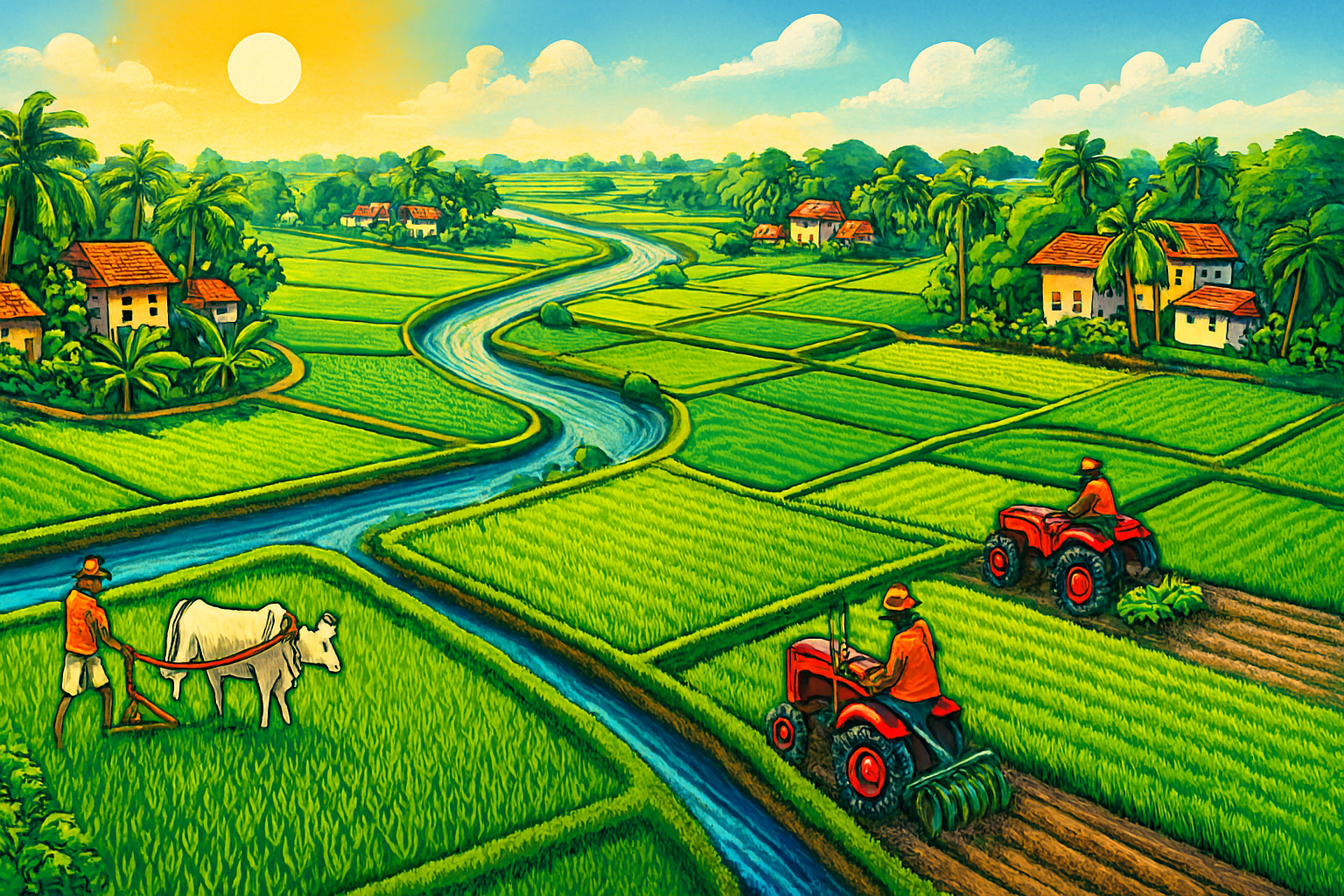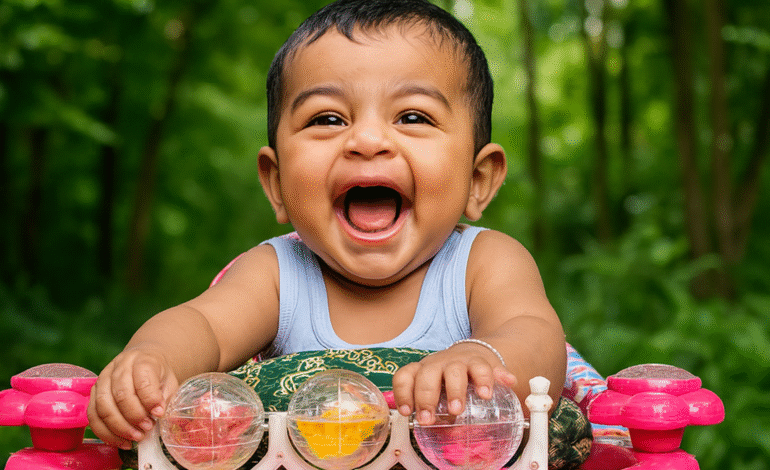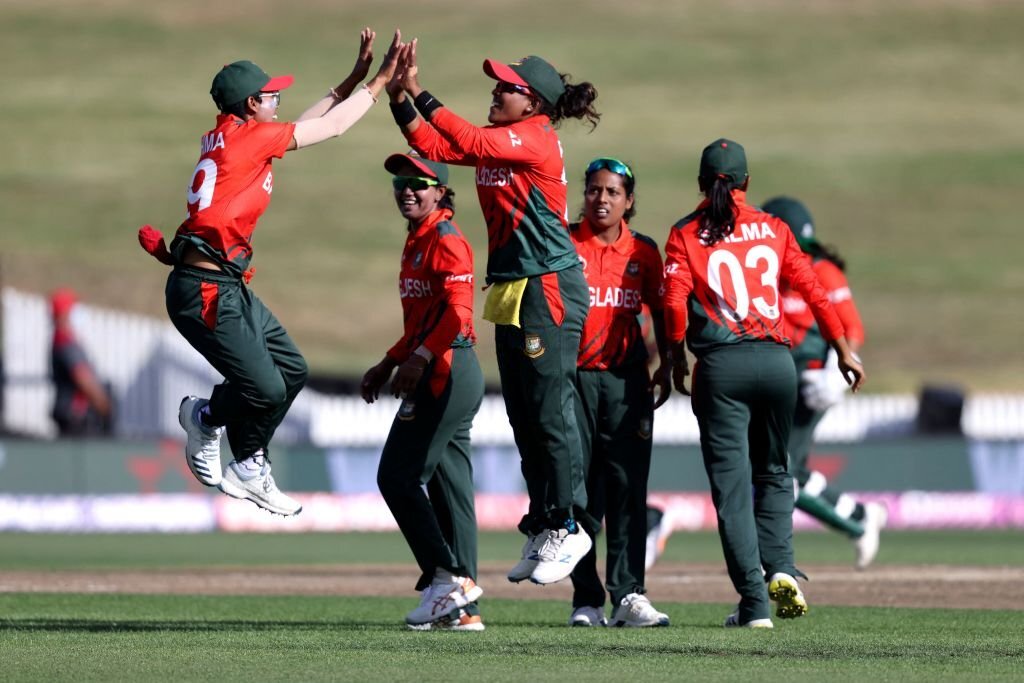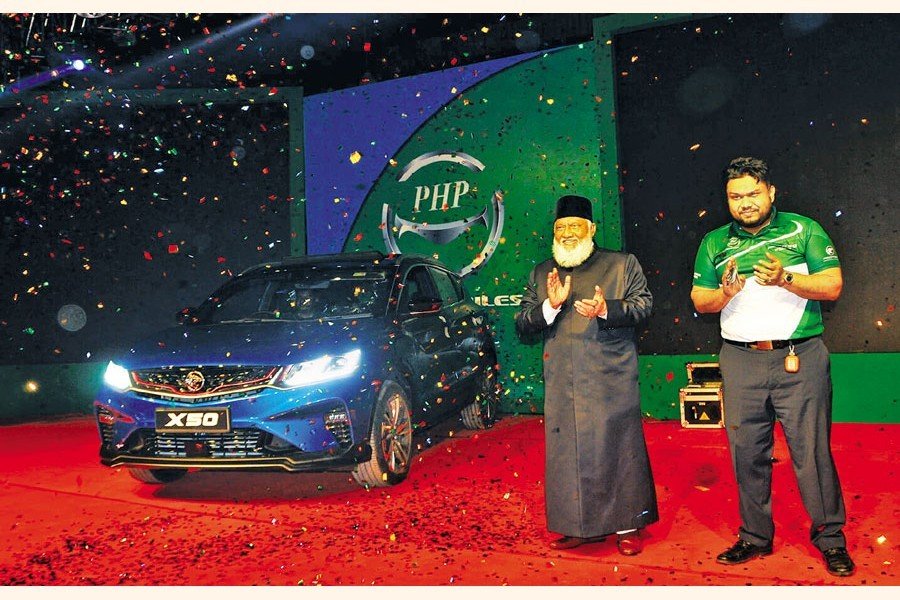Bangladesh’s First Carbon-Neutral Baby: How Ayan Khan Ruhab’s Family Planted 580 Trees for a Greener Future
In a world grappling with climate change and environmental degradation, one Bangladeshi couple has made a remarkable statement of hope. Eight-month-old Ayan Khan Ruhab, from Satkhira, has become Bangladesh’s first carbon-neutral baby, marking a historic milestone for the nation. His parents — Imran Rabby and Aysha Akter — decided that their son would begin life with a positive footprint on the planet, not a harmful one.
To achieve this, the couple planted 580 trees in their hometown to offset their baby’s estimated carbon footprint — the greenhouse gases associated with his birth, healthcare, daily necessities, and future energy use. Their initiative not only makes Ruhab’s early life carbon-neutral but also symbolizes a broader message: a sustainable start is possible, even at birth.
Recognized by Dhaka Planters and the International Centre for Climate Change and Development (ICCCAD), this effort has been praised as a meaningful contribution to environmental awareness in Bangladesh.
What Does “Carbon-Neutral” Mean?
The term carbon-neutral refers to achieving net-zero carbon emissions — balancing the amount of carbon dioxide released into the atmosphere with an equivalent amount removed or offset. It doesn’t mean no carbon is produced; rather, it means that every ton of carbon emitted is compensated for through actions such as:
Tree planting or forest conservation, which absorb CO₂.
Using renewable energy sources like solar and wind instead of fossil fuels.
Supporting green projects through verified carbon credits.
Reducing personal energy consumption and promoting sustainable lifestyles.
In Ruhab’s case, his parents offset his projected emissions by planting hundreds of trees. These trees will continue to absorb CO₂ as they grow — helping to balance the environmental impact of his birth and early life.
How a Carbon-Neutral Lifestyle Is Created
Creating a carbon-neutral lifestyle involves three major steps:
Measuring the Carbon Footprint
This involves estimating all the emissions generated from daily activities — transportation, food, electricity use, clothing, waste, and even healthcare. In Ruhab’s case, his parents calculated the approximate emissions linked to his first year — including hospital energy use, infant products, and household activities.Reducing Carbon Emissions
Before offsetting, reduction comes first. Families can reduce emissions by using renewable energy, minimizing waste, reducing plastic use, and choosing sustainable products. Imran and Aysha are conscious of these choices — from using reusable baby items to minimizing non-biodegradable materials at home.Offsetting the Remaining Carbon
After reduction, the remaining emissions are balanced through eco-projects — the most effective being tree plantation. Trees act as natural carbon sinks, absorbing carbon dioxide and releasing oxygen over decades. By planting 580 trees, the couple ensured that their son’s life began in alignment with nature.
A Family of Climate Champions
Ruhab’s father, Imran Rabby, is the founder of Greenman, an environmental initiative promoting sustainability, tree plantation, and eco-friendly living. His mother, Aysha Akter, works as a coordinator at Kiron, a social organization focused on community engagement and women’s empowerment.
Their shared vision for a cleaner, greener future inspired this one-of-a-kind project. Imran said in an interview, “We wanted our son’s journey to begin with a message — that every small step matters. These trees will grow alongside him, offering shade, fresh air, and hope.”
Their story has already inspired families and youth across Bangladesh to consider their own environmental footprint.
The First Carbon-Neutral Baby in the World
Globally, the concept of a carbon-neutral baby is still relatively new. The first known carbon-neutral baby in the world was Baby George, born in the UK in 2007, whose parents offset his entire carbon footprint by purchasing verified carbon credits and planting trees.
Since then, a few environmentally conscious families worldwide have followed similar paths — balancing the joy of new life with responsibility toward the planet. However, Ayan Khan Ruhab is the first recorded carbon-neutral baby in Bangladesh, a country already on the frontline of climate change impacts.
Bangladesh, one of the world’s most climate-vulnerable nations, faces rising sea levels, floods, and heatwaves. Therefore, this symbolic gesture carries immense meaning — it shows how individuals can take responsibility, one family at a time.
Why Carbon-Neutrality Matters for Bangladesh
Bangladesh’s economy is growing rapidly, but so are its emissions and urban pollution. According to data from the World Bank, the country’s CO₂ emissions have nearly doubled in the past two decades due to industrialization and energy demands.
Becoming carbon-neutral isn’t just an environmental trend — it’s a survival strategy. Tree planting, renewable energy adoption, and eco-conscious consumer behavior can make a significant difference in protecting Bangladesh’s natural balance.
Imran and Aysha’s initiative aligns perfectly with Bangladesh’s National Adaptation Plan (NAP), which aims to increase climate resilience and promote nature-based solutions. Their project shows how even small-scale actions — like planting trees for a single child — can contribute to the national vision.
The Science Behind Tree Offsetting
Every tree absorbs an average of 22 kilograms of CO₂ per year. That means the 580 trees planted for Ruhab could potentially absorb over 12 tons of CO₂ annually as they mature.
These trees will not only offset carbon but also:
Improve air quality
Prevent soil erosion
Provide habitats for local wildlife
Contribute to groundwater retention
It’s a long-term investment — both environmentally and emotionally — as the trees will grow alongside Ruhab, symbolizing his connection with the planet.
A Symbol of Hope for the Next Generation
For many, the story of Bangladesh’s first carbon-neutral baby represents more than just a personal milestone. It’s a powerful statement about responsibility, foresight, and love — not only for one child but for all future generations.
Imran and Aysha’s initiative shows that sustainability doesn’t require massive resources or global campaigns — it starts at home. By thinking about their son’s carbon impact, they’ve highlighted a crucial truth: the fight against climate change is deeply personal.
As Imran said, “We want Ruhab to grow up breathing clean air, surrounded by nature, knowing his life began with a purpose.”
How Others Can Follow the Example
Anyone can take small steps to reduce their environmental impact. Here are a few ideas inspired by Ruhab’s story:
Plant trees for milestones like birthdays, weddings, or graduations.
Use eco-friendly baby products — cloth diapers, bamboo toys, glass bottles.
Reduce household energy use by switching to solar or LED lighting.
Offset travel emissions by contributing to reforestation programs.
Educate children early about nature and sustainability.
If every Bangladeshi family planted just a few trees per child, millions of new trees could grow each year, creating a greener future for the nation.
A Green Legacy Begins
Eight-month-old Ayan Khan Ruhab may not yet understand the world around him, but thanks to his parents, he has already made a difference. His story — rooted in love, awareness, and action — proves that sustainability begins with individual choices.
As Bangladesh continues to fight the impacts of climate change, stories like Ruhab’s remind us that even the smallest lives can leave the biggest impact. His journey represents hope — not just for one family, but for a nation striving to balance growth with environmental care.
